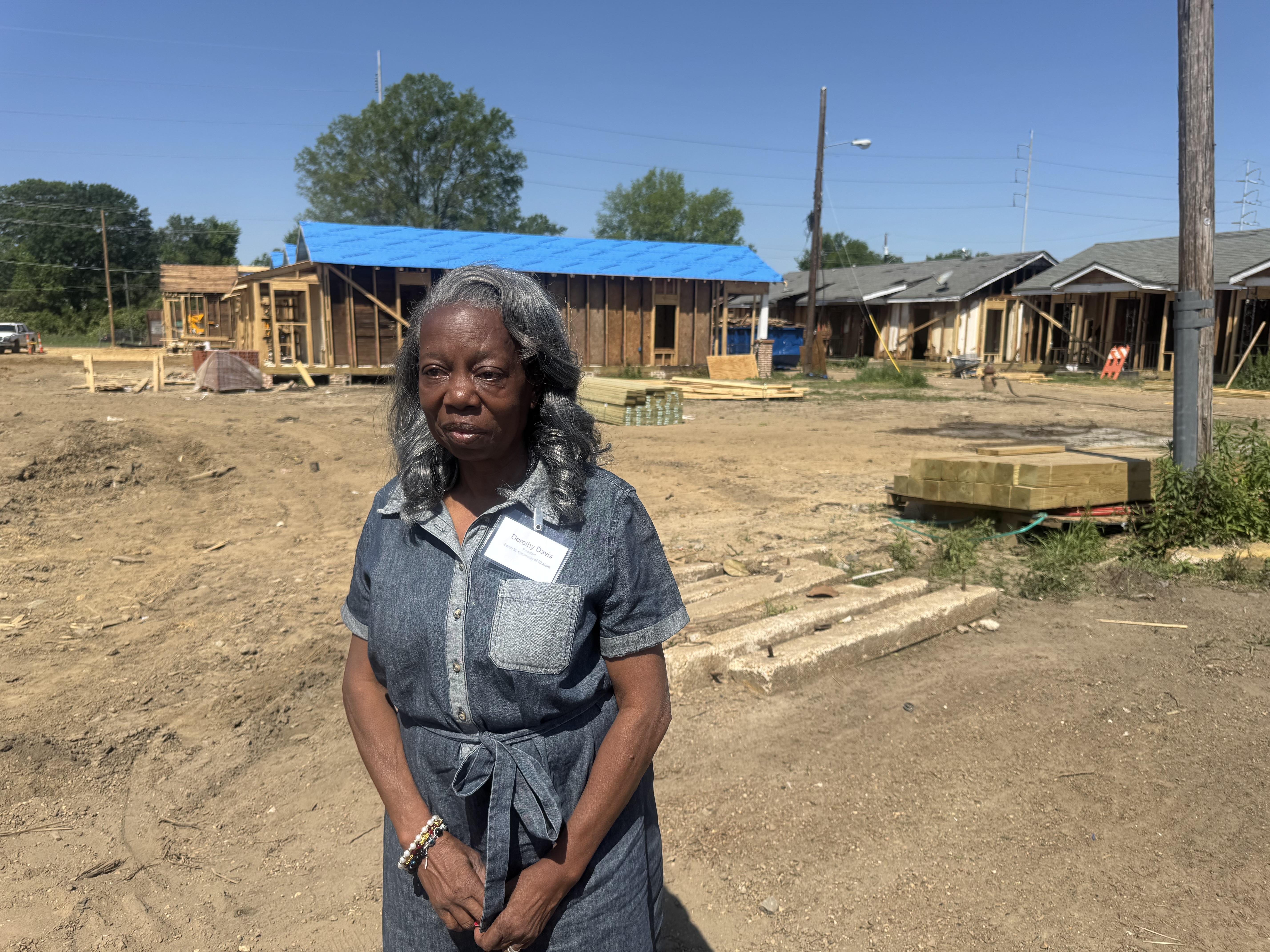Jackson Mayor Chokwe Lumumba says he hopes the project will revitalize Farish street.
“It's not just about the buildings we build,” he said. “It's about whether or not we're providing affordable housing to people, whether we're providing things like access to fresh fruits and vegetables. This is one step closer to revealing a dignity economy which all Jacksonians deserve.”
The properties will be leased to residents who make at least 60% below the median income of the Jackson metropolitan area, or less than $35,100 for a family of one.
Alberta Taylor’s mother used to live in one of the homes currently being remodeled.
“My mom been living in this house right here since 1988,” she said. “She passed away in that house. So we have a big connection in this area.”
Taylor says her mother wanted to see the house get rehabilitated.
“I hope for the best,” she said. “It looks good already, so I'm thinking it's going to be a good development.”
State lawmaker Earle Banks, who represents Mississippi’s 67th district, also owns People’s Funeral Home on Farish street. He says the area used to be the center of Black business in Jackson.
“Originally in 1925, I’m told, I wasn’t here then but this area was the home of doctors and lawyers and dentists and physicians and great people, all up and down Farish Street,” he said.
Banks says he’s hopeful about the future of the neighborhood.
“We're super glad to see this part of Farish Street coming back,” he said. “Of course, it’s not directly on Farish Street, but it's a tributary to Farish Street. It is great to see good homes coming back here. We remember when you had grocery stores here, New Deal, for example, and those are gone because the population left. So now we see population coming back.”
Barry White is the director of the historic preservation division at the Mississippi Department of Archives and History.
“Some of the shotguns and bungalows are from around 1926 when the Botnik family started developing these and kind of named it Leonard Court,” he said. “It's comprised of a lot of thoroughfares through alleyways which gives it a very character defining element of the housing and the housing type, and of course, these were worker’s homes and housing.”





